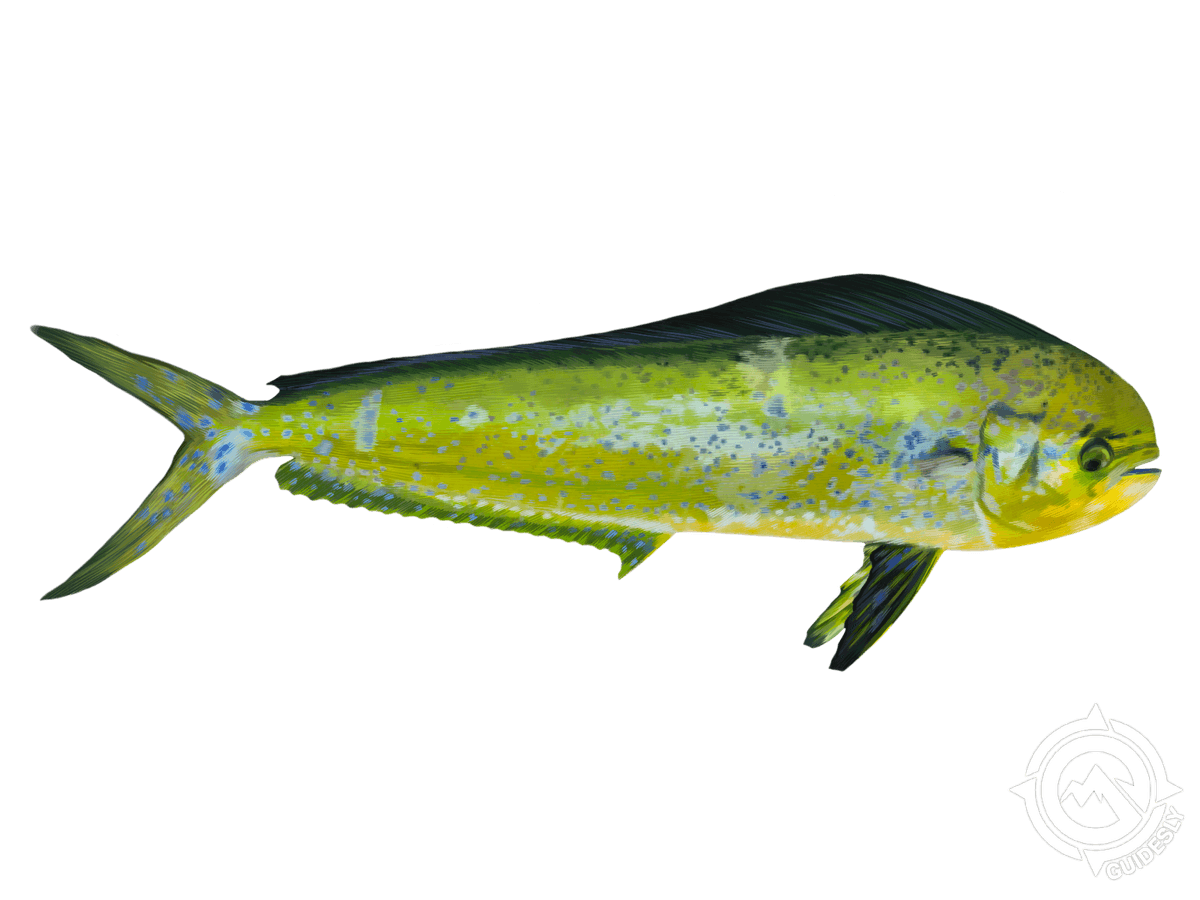Top-Rated Offshore Fishing in Pensacola, FL
- Published Date: July 16, 2025
- Fishing
- Pensacola
- $650 - $995 price range
- Updated Date: October 4, 2025
Summary
%2F%2Fusers%2Fdf892c3d-b5d7-4f8f-b2fc-1bfcbe4cb6f3%2Fratecard%2F343336843_6286544141389360_1564869879589517401_n.jpg&w=1200&q=75)
Coastal Catches
Reel in the Big Ones: Pensacola's Extended Half Day Trip
Hey there, anglers! Ready for a top-notch fishing adventure off the stunning Pensacola coast? Strap in for 5-6 hours of pure fishing excitement with It's A Good Day Charters. We're talking nearshore and offshore action that'll have you hooked from the get-go. Our seasoned crew knows these waters like the back of their hand, so you're in for some serious fish-catching fun. Whether you're after hard-fighting grouper or the colorful triggerfish, we've got the spots and the know-how to make it happen. So grab your sunscreen and let's hit the Gulf for a half day you won't forget!
What to Expect on the Water
Alright, let's break it down for you. We'll push off from the dock bright and early, giving us plenty of time to reach those sweet fishing spots. As we cruise out, keep your eyes peeled for dolphins playing in our wake – it's a pretty common sight and always a crowd-pleaser. Once we hit our first spot, it's game on. We'll be targeting a mix of species, so be ready for anything from the lightning-fast king mackerel to the hard-pulling amberjack. Our boat's decked out with top-notch gear, and we'll show you the ropes if you're new to offshore fishing. Don't worry about bringing snacks or drinks – just focus on reeling in the big ones. Oh, and pro tip: bring a camera. The fish stories are always better with photographic evidence!
Techniques That Land the Lunkers
Listen up, folks – here's where the magic happens. We'll be using a mix of techniques to maximize our chances of a cooler full of fish. For the nearshore spots, we might do some bottom fishing with live bait or jigs. This is killer for snapper and grouper. As we move offshore, we'll likely switch it up to trolling for the pelagics like king mackerel and mahi-mahi. Keep an eye on those rod tips – when they start bouncing, it's showtime! We might even break out the heavy tackle if we spot some big amberjack or cobia hanging around the oil rigs. And here's a local secret: chunking with cut bait can bring in the big boys when they're being stubborn. Trust me, by the end of the trip, you'll be jigging and trolling like a pro.
Top Catches This Season
Let me tell you, the fishing's been on fire lately. We've been seeing some monster king mackerel in the 30-40 pound range – real smokers that'll test your drag and your biceps. The mahi-mahi have been showing up in good numbers too, lighting up the water with those electric blue and yellow colors. And don't even get me started on the amberjack – we call 'em reef donkeys for a reason, and they've been pulling like mules. The great barracuda have been putting on a show, with their acrobatic jumps and toothy grins. Even the crevalle jacks have been muscling in on the action, giving anglers a run for their money. It's been a banner year, and we're just getting started!
Species You'll Want to Hook
King Mackerel: These speedsters are the drag-screamers of the Gulf. They're fast, they're furious, and they're a blast to catch. Kings can hit 50+ pounds, and when they take off, hold on tight! We usually target them by slow-trolling live bait or spoons. The best part? They're around most of the year, but peak season is late spring through fall. Nothing beats the sight of a king skyrocketing on a bait at the surface!
Mahi Mahi: Also known as dorado or dolphinfish, these are the beauty queens of the offshore world. With their vibrant colors and acrobatic fights, mahi are a favorite for many anglers. They're typically in the 10-30 pound range, but we occasionally see some bulls pushing 50+. Look for them around floating debris or weed lines. They're most abundant in the warmer months and are known for their delicious, flaky white meat.
Greater Amberjack: Buckle up, buttercup – these bruisers are the heavyweight champs of the reef. AJs, as we call 'em, are pure muscle and can easily top 100 pounds. They love to hang around deep structure like wrecks and oil rigs. When you hook one, it's a battle to keep them from diving back to their hidey-holes. The season's pretty short for these guys, so when it's open, we go hard after 'em.
Great Barracuda: With their menacing teeth and lightning-fast attacks, 'cudas are the wolves of the sea. They're not just fighters – they're aerial artists, known for their spectacular jumps when hooked. We often find them lurking around reefs and structures, ready to ambush anything that moves. While they're not the best for eating, the fight they put up is second to none. Plus, they make for some wicked photos!
Crevalle Jack: Don't let anyone tell you jacks are just a nuisance fish. These bulldogs of the ocean will test your stamina and your tackle. They school up in big numbers and when you find them, it's non-stop action. Jacks love to chase lures and live bait, often creating massive surface blowups that'll get your heart racing. They're around all year, but really show up in force during the warmer months.
Time to Book Your Spot
Alright, folks, let's recap what we're offering here: a solid 5-6 hours of prime fishing time in some of the best waters the Gulf has to offer. We're talking about the chance to tangle with hard-fighting fish like grouper, triggerfish, and a whole slew of other species that'll make your arms ache and your face grin. Our boat's got room for four, so grab your buddies or bring the family for an unforgettable day on the water. Remember, the fish are always biting – but our spots fill up fast! So what are you waiting for? Give It's A Good Day Charters a call and let's get you out there. Trust me, after a trip with us, you'll see why we named our business the way we did. It really is a good day when you're fishing in Pensacola!
Learn more about the species
Crevalle Jack
Crevalle Jacks are the bulldogs of the flats, usually 5-15 pounds but can hit 30+. You'll find them in coastal waters, often chasing bait schools in harbors, inlets, and around bridges. They're most active in warmer months. Jacks are pure muscle and will test your drag system with powerful runs. They're not known for eating quality, but pound-for-pound, they're some of the hardest fighting fish out there. To catch one, watch for birds diving on bait. Throw topwater plugs, spoons, or jigs into the fray. Once hooked, hold on tight - these guys don't give up easy. Local tip: if you see a jack "finning" on the surface, cast well beyond it and retrieve fast past its nose. That often triggers an explosive strike.

Great Barracuda
Great Barracuda are the sleek predators of the shallows, often lurking around reefs and channels. They typically run 3-4 feet long but can reach 6 feet and 60+ pounds. You'll find them year-round, but they're most active in warmer months. Cudas are known for their lightning-fast strikes and impressive teeth. They're fun to catch on light tackle, making blistering runs and sometimes jumping when hooked. While not prized for eating, they're a blast to target. To catch one, try trolling or casting flashy lures like tube lures or spoons. Work your lure fast - barracuda love the chase. A wire leader is crucial, or you'll lose a lot of lures to those teeth. Pro tip: if you see one following but not striking, try a quick pause - that often triggers the bite.

Greater Amberjack
Greater Amberjack are bruisers of the deep, typically weighing 30-50 pounds but capable of topping 100. You'll find them around deep reefs, wrecks, and oil rigs in 60-250 feet of water. Spring and fall are prime seasons as they move to spawn. These fish are all muscle and will test your gear and stamina. They're known for powerful runs straight to the bottom. The fight is the main draw, but they make good eating too. To catch one, drop large live baits like blue runners or use heavy jigs. Once hooked, get ready for a battle - pump and wind steadily to gain line. A local trick: if you lose one to the structure, keep jigging. Jacks are competitive and another one might grab your lure trying to steal the "prize" from its buddy.

King Mackerel
King Mackerel are hard-fighting fish that'll give you a real run for your money. These speedsters typically range from 20-40 pounds but can get up to 100 pounds. Look for them in waters 40-150 feet deep, often near reefs or wrecks. They're migratory, so spring and fall are prime times to target them as they pass through. Kings are known for their blistering runs and aerial acrobatics when hooked. Their firm, flavorful meat makes great eating too. To catch one, try slow-trolling live bait like blue runners or mullet. A wire leader is a must - their razor-sharp teeth will slice through mono in a heartbeat. Keep an eye out for diving birds, that's often a sure sign Kings are feeding on bait schools below.

Mahi Mahi or Common Dolphinfish
Mahi Mahi are some of the most beautiful and acrobatic fish you'll find offshore. They usually run 15-30 pounds but can get up to 60+. You'll spot them near floating debris or weed lines in blue water. Spring and summer are peak seasons when the water warms up. Mahi are known for their stunning colors, changing from electric blue and green to golden yellow when excited. They're incredibly fun to catch - they'll jump, run, and put on an aerial show. The meat is excellent too, mild and firm. To land one, look for birds working bait schools. Troll rigged ballyhoo or throw some chuggers their way. Once you hook up, keep the boat moving - Mahi often travel in schools, so you might get multiple hookups if you play it right.

About the Center Console Boats
%2F%2Fusers%2Fdf892c3d-b5d7-4f8f-b2fc-1bfcbe4cb6f3%2Fvehicle_picture%2Fimage-2024-09-18t031234.725.png&w=1200&q=75)
Vehicle Guest Capacity: 6
Manufacturer Name: Yamaha
Maximum Cruising Speed: 40
Number of Engines: 2
Horsepower per Engine: 150
%2Ffit-in%2F250x250%2Fguide_websites%2F18877%2Fimages%2F1726628064698image-2024-09-18t105308.976.png&w=1200&q=100)


%2Fusers%2Fdf892c3d-b5d7-4f8f-b2fc-1bfcbe4cb6f3%2Fimages%2Freeled_big_one_open_317540.png&w=768&q=75)
%2Fusers%2Fdf892c3d-b5d7-4f8f-b2fc-1bfcbe4cb6f3%2Fimages%2Ffishing-flourish-pensacola-2850.png&w=768&q=75)
%2Fusers%2Fdf892c3d-b5d7-4f8f-b2fc-1bfcbe4cb6f3%2Fimages%2Fspotted-weakfish-pensacola-2632.png&w=768&q=75)
%2Fusers%2Fdf892c3d-b5d7-4f8f-b2fc-1bfcbe4cb6f3%2Fimages%2Fspotted-weakfish-florida-fishing-2670.png&w=768&q=75)
%2Fusers%2Fdf892c3d-b5d7-4f8f-b2fc-1bfcbe4cb6f3%2Fimages%2Fgrey-snapper-fishing-fl-2728.jpg&w=768&q=75)
%2Fusers%2Fdf892c3d-b5d7-4f8f-b2fc-1bfcbe4cb6f3%2Fimages%2Ffantastic-fl-fishing-haul-2708.jpg&w=768&q=75)
%2Fusers%2Fdf892c3d-b5d7-4f8f-b2fc-1bfcbe4cb6f3%2Fimages%2Fgreater-amberjack-florida-fishing-2648.jpg&w=768&q=75)
%2Fusers%2Fdf892c3d-b5d7-4f8f-b2fc-1bfcbe4cb6f3%2Fimages%2Freeling_big_one_out_256257.png&w=768&q=75)
%2Fusers%2Fdf892c3d-b5d7-4f8f-b2fc-1bfcbe4cb6f3%2Fimages%2Freeling_big_one_out_159116.png&w=768&q=75)
%2Fusers%2Fdf892c3d-b5d7-4f8f-b2fc-1bfcbe4cb6f3%2Fimages%2Freeled_big_one_open_742253.png&w=768&q=75)
